Nalpamaradi Thailam Ingredients 101: Nerd Edition
| Estimated Reading Time: 5 minutes |
I seem to remember we started a little ritual of our own, didn’t we? Last time, we wrapped up our first chapter of Nalpamaradi Thailam with some turmeric-stained fingers, a little bit of ancient wisdom, and a whole lot of glow! But like we said, the chapter may have ended, but the book has just begun!
So, here we (and you) are, turning the page.
And in this chapter, science has officially crashed the Ayurvedic party. Because we know well by now what tradition tells us about Nalpamaradi Thailam, but in this chapter we’re going to talk about the how.
Table of Contents: |
How does this golden oil calm inflammation? How do those herbs actually work beneath the skin? And most importantly, what does science have to say about all this ancient goodness?
You know what’s better than skincare? Science-backed skincare! You’ll be happy to learn that Nalpamaradi Thailam is science-backed skincare in its OG form. And in this chapter (you might as well call it Chemistry 101), we will be learning about the ingredients of Nalpamaradi Thailam, breaking down what each one actually does, molecule by molecule, benefit by benefit.

Turmeric is just the beginning. It’s time to get nerdy!
Ayurvedic Formulation Breakdown
Nalpamaradi Thailam has been around for ages. It is often cited in the Sahasrayogam, made by simmering a number of skin-friendly botanicals in sesame oil or coconut oil (often called Nalpamaradi Kera Thailam). The major herbs include:
-
Nalpamara: The four ficus barks – Ficus religiosa, Ficus benghalensis, Ficus microcarpa, and Ficus racemosa. This combo is known for its wound-healing, cooling, and anti-inflammatory properties.
-
Turmeric (Haridra): You already know this as the OG anti-inflammatory. It contains curcumin, a polyphenol with strong antimicrobial, antioxidant, and anti-inflammatory activity.
-
Vetiver (Ushira): It is a cooling root that is calming and grounding.
-
Amla: It is rich in vitamin C, prevents oxidative stress, and is great for collagen and glow.
-
Manjistha: The detox queen. It is a powerful blood purifier and regulates melanin synthesis.
These herbs are cooked together according to Ayurvedic methods by using kalka (paste), kwatha (decoction), and oil as the base.

Pharmacological Properties
You might think of it as a coincidence that each ingredient has some benefit, but it’s not. All of these ingredients were carefully chosen, not just for their hype, but for their extremely beneficial biological properties. They are listed down below as follows:
-
Anti-Inflammatory: Turmeric’s active compound, curcumin, downregulates NF-kB, COX-2, and other pro-inflammatory cytokines. For “humans”, it reduces inflammation and is perfect for soothing irritated skin.
-
Antioxidant: Amla and turmeric are both powerful ROS (reactive oxygen species) scavengers. It means they neutralise free radicals, which equals slower ageing and faster healing.
-
Antibacterial: Ficus extracts inhibit Staphylococcus aureus and P. acnes, aka they help in managing bacteria which is responsible for causing acne.
Clinical Studies or Research on Key Ingredients:
-
Topical Tetrahydrocurcumin vs Hydroquinone
A double‑blind study found 0.25 % tetrahydrocurcumin cream as effective and safer than 4 % hydroquinone. -
Cosmeceutical Review (Dec 2024)
A review highlights its anti-aging, melanin-inhibiting, and wound healing potential. -
Collagen Boosting & Anti-Collagenase Effects
In vitro studies showed a 1.65‑fold increase in pro‑collagen and 78 % inhibition of collagenase.
Together, these aren’t just herbs; they’re bioactive powerhouses. (I surely hope the sceptic in you is convinced by now.)
How the Oil Acts on the Skin
The moment you apply Nalpamaradi Thailam on your skin, it has already started softening the barrier of your skin (stratum corneum). It starts penetrating through the epidermal layers, nourishing the cells and facilitating microcirculation. By delivering herbs to the dermis, it regulates pigmentation and inflammation.
Once you start being consistent with it, you will notice the following changes over time:
-
Improved texture
-
Reduced tan and blemishes
-
Enhance natural skin healing.

How Well Does It Penetrate?
The base oil is usually sesame or coconut; hence, Nalpamaradi Thailam acts as a carrier for active ingredients which promotes deeper skin penetration. Thanks to a method called Sneha Kalpana (the Ayurvedic way of processing oils), the fat-soluble molecules bind with lipids in your skin, enhancing its absorption. And if you’re thinking of your modern water- or alcohol-based creams, which claim to do the same, let me assure you, they aren’t even a close match.
Apologies to Barney Stinson (and his fans), but here’s the truth: “New is not always better.”
Coming back to the lipophilic (oil-loving) nature of the base, the nutrients in Nalpamaradi Thailam’s ingredients are able to easily bypass the top layer and reach the dermis, the land (layer) where miracles (skin repair) actually happen!
Comparison With Modern Skincare Ingredients
|
Modern Ingredients |
Nalpamaradi Equivalent |
Effect |
|
Vitamin C Serum |
Amla |
Brightens, Boosts Collagen |
|
Niacinamide |
Manjistha, Turmeric |
Controls Pigmentation and Acne |
|
Hyaluronic Acid |
Vetiver + Coconut Oil Base |
Hydrates the Skin |
|
Salicylic Acid |
Turmeric and Ficus Extracts |
Controls Acne; Anti-inflammatory |
|
Peptides |
Complete Herbal Matrix |
Repairs and Rejuvenates |
|
Turmeric (milder) |
Improves Cell Turnover, Heals Acne |
|
|
Kojic Acid |
Manjistha |
Regulates Melanin |
|
Benzoyl Peroxide |
Ficus Extracts |
Antibacterial (not harsh) |
I think it’s time we go and apologise to our moms and grandmas because they might’ve been on to something!

Conclusion: When Science Meets Tradition
We started with folk wisdom. We stayed for the lab-tested receipts. From curcumin and ficus to manjistha and amla, Nalpamaradi Thailam’s ingredients are clinically active, pharmacologically proven, and dermatologically safe.
Nalpamaradi Thailam is yet another case where ancient Ayurveda holds its ground even under the microscope. And with ingredients which are so powerful, it’s no surprise this oil has stood the test of time and science.
Maybe it's time we stop calling it "just Ayurvedic" and start calling it what it really is: a clinically promising, botanically rich skincare formula. The perfect blend of knowledge and nature, roots and research.
This chapter was about science. The next? Who knows? But if the turmeric (and the truth) sat right with you, you know where to find us.
See you soon!
Recommended Products by Blue Nectar
- Nalpamaradi Thailam – Skin Brightening Oil with Turmeric for Body and Face (16 herbs)
- Under-Eye Cream and Serums with Niacinamide and Kojic Acid
- Products with Salicylic and Glycolic Acid
Related Articles
- The History of Nalpamaradi Thailam
- A Comprehensive Guide to Nalpamaradi Thailam: Uses, Rituals, Benefits, and Side Effects
- Nalpamaradi Thailam Uses for Moms and Little Ones: A Complete Guide to Safe Usage During Pregnancy and Childhood
References
The safety and efficacy of 0.25% tetrahydrocurcumin (tumeric) cream
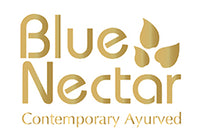

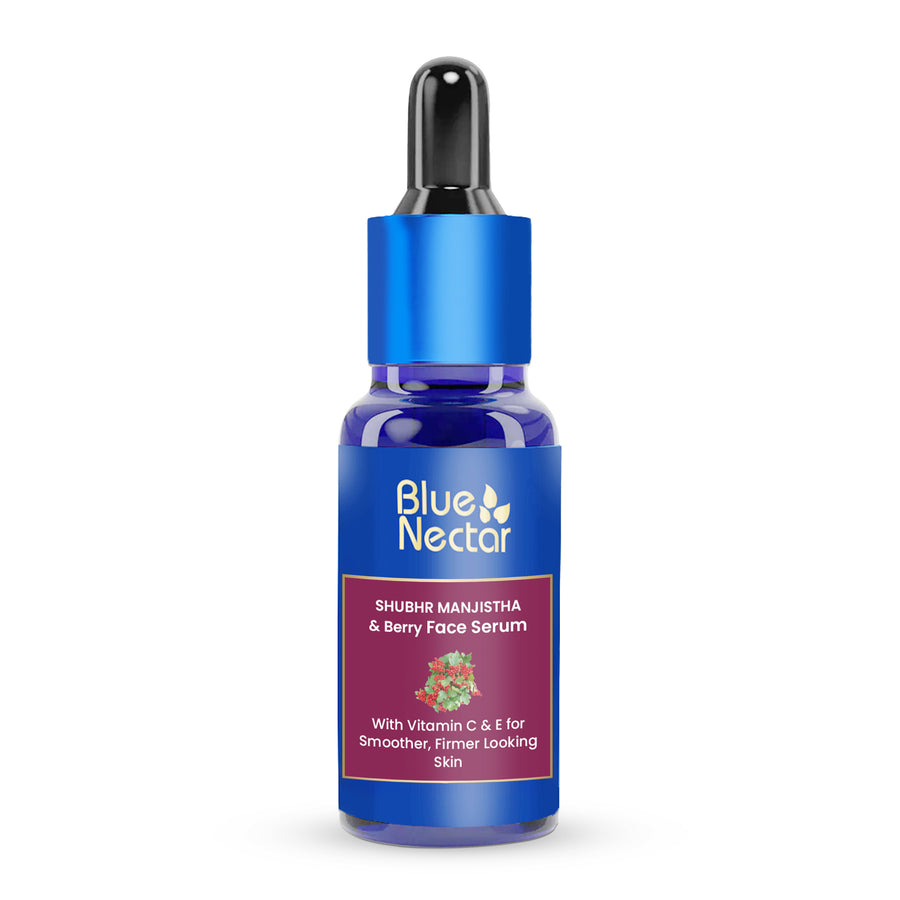
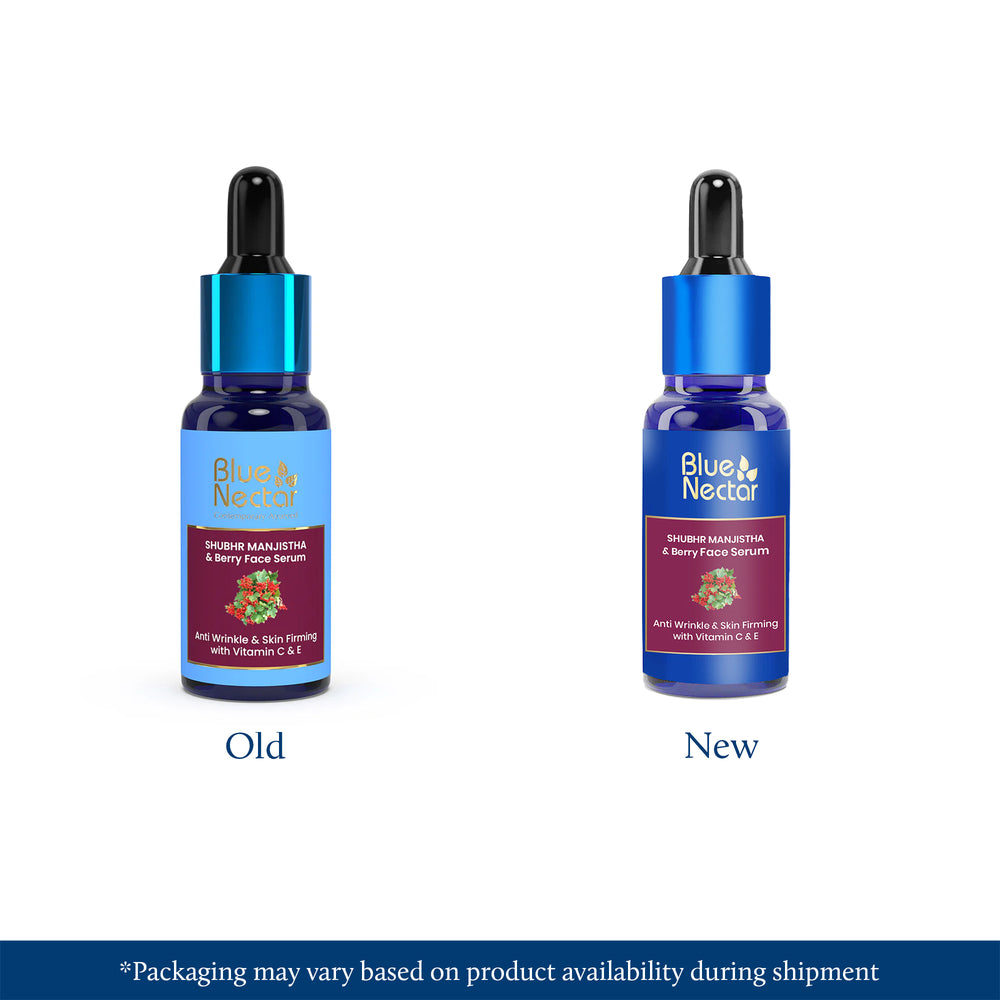
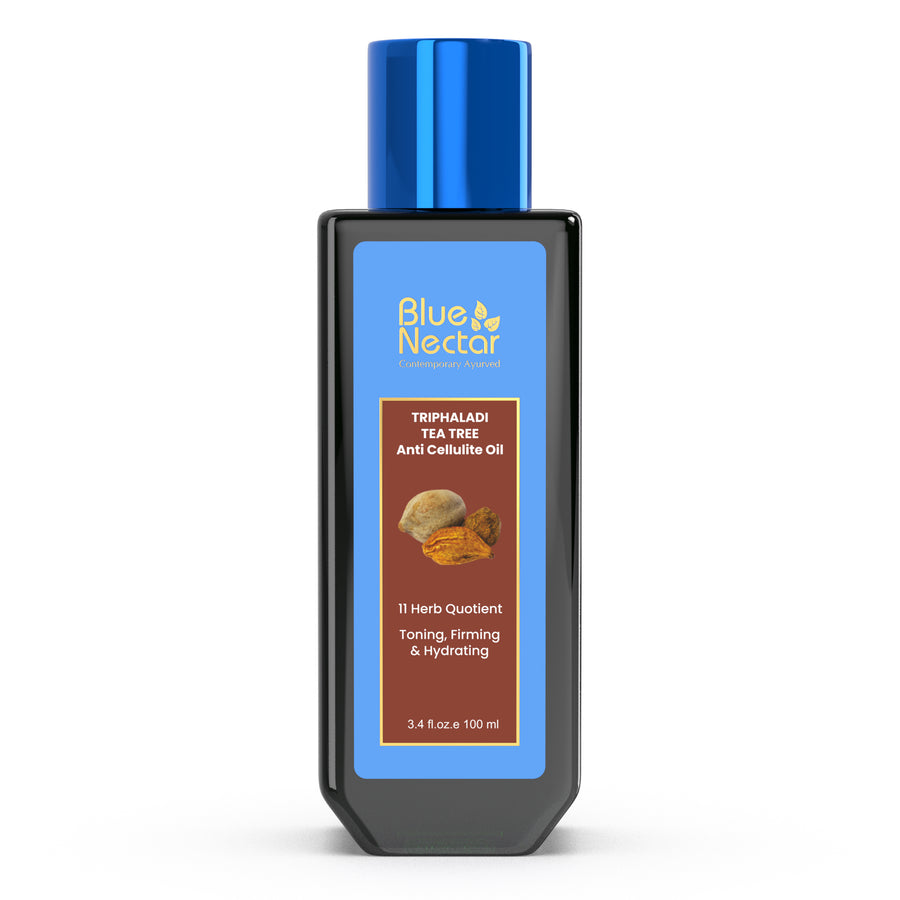
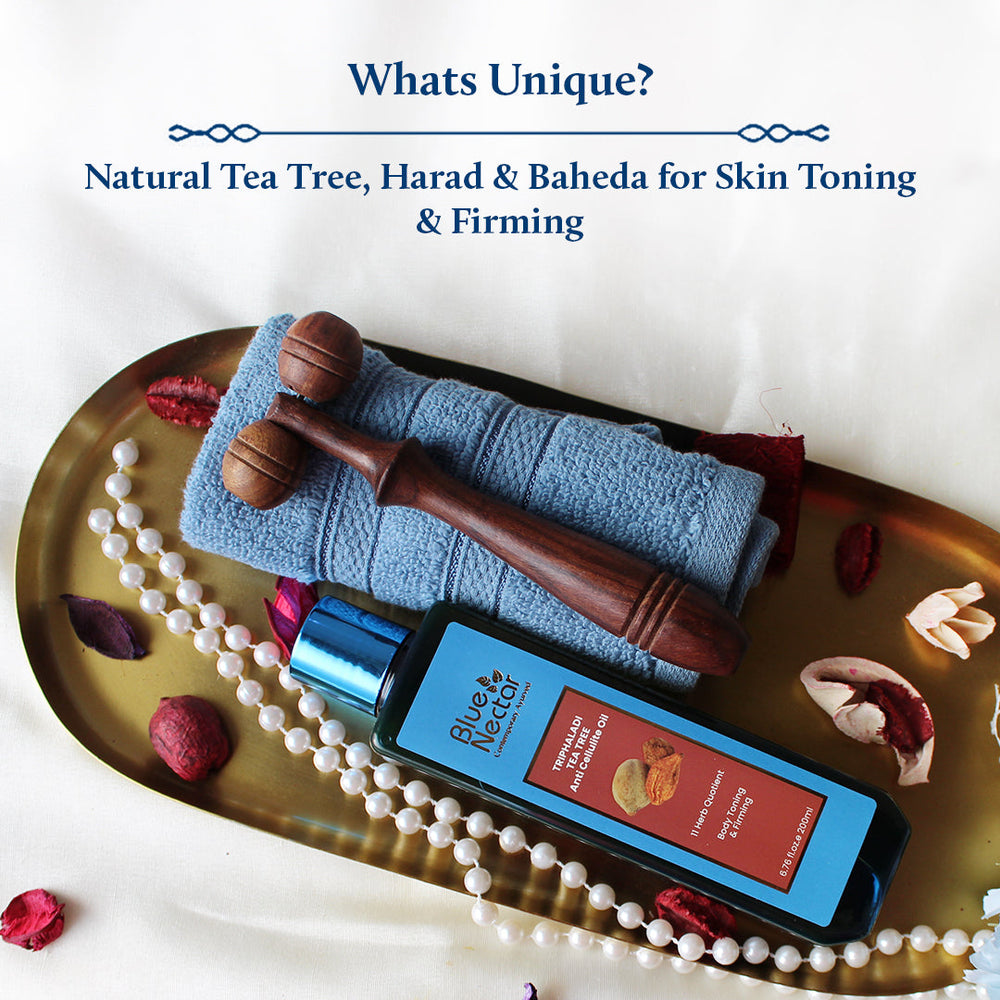
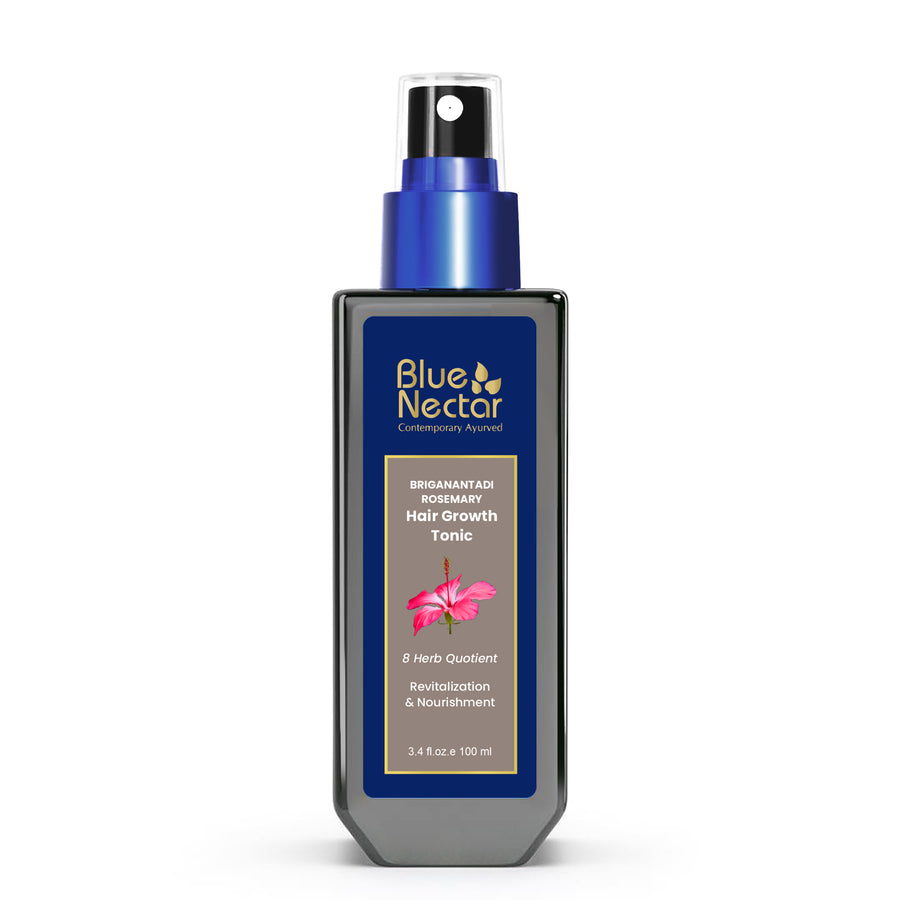
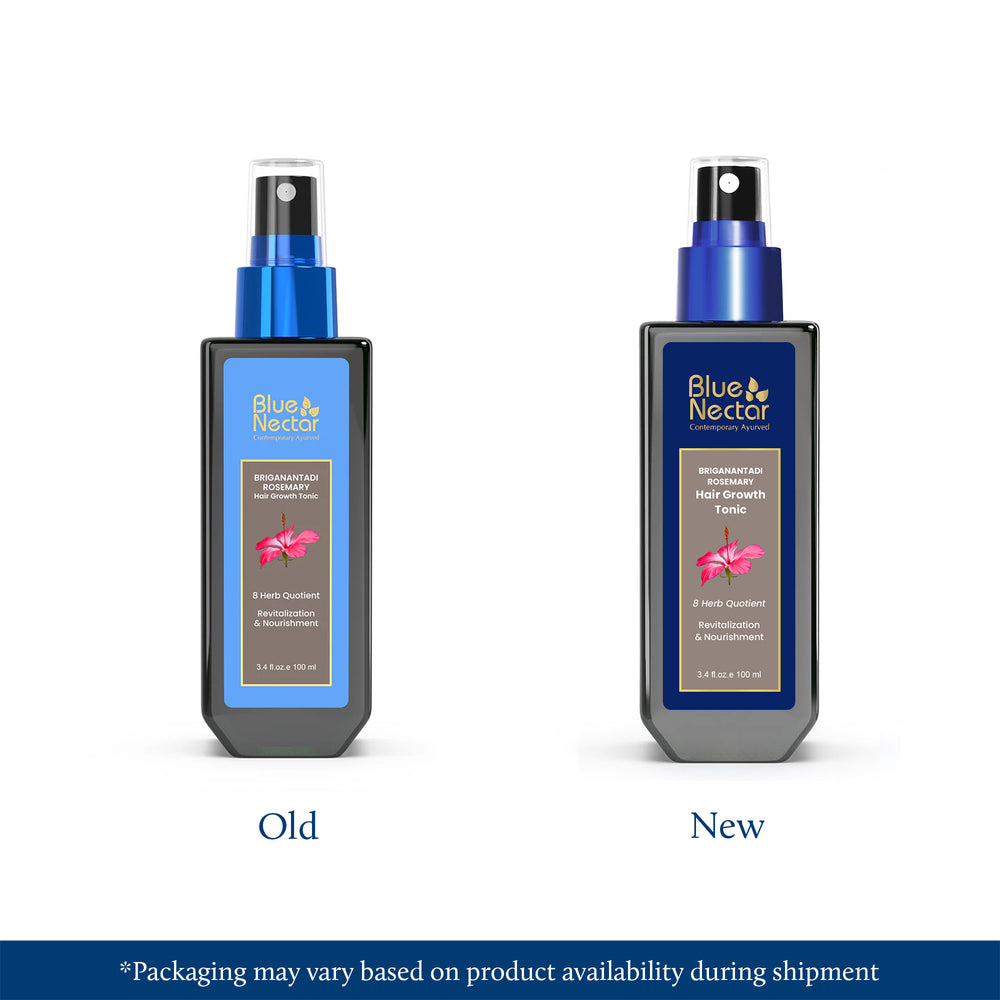
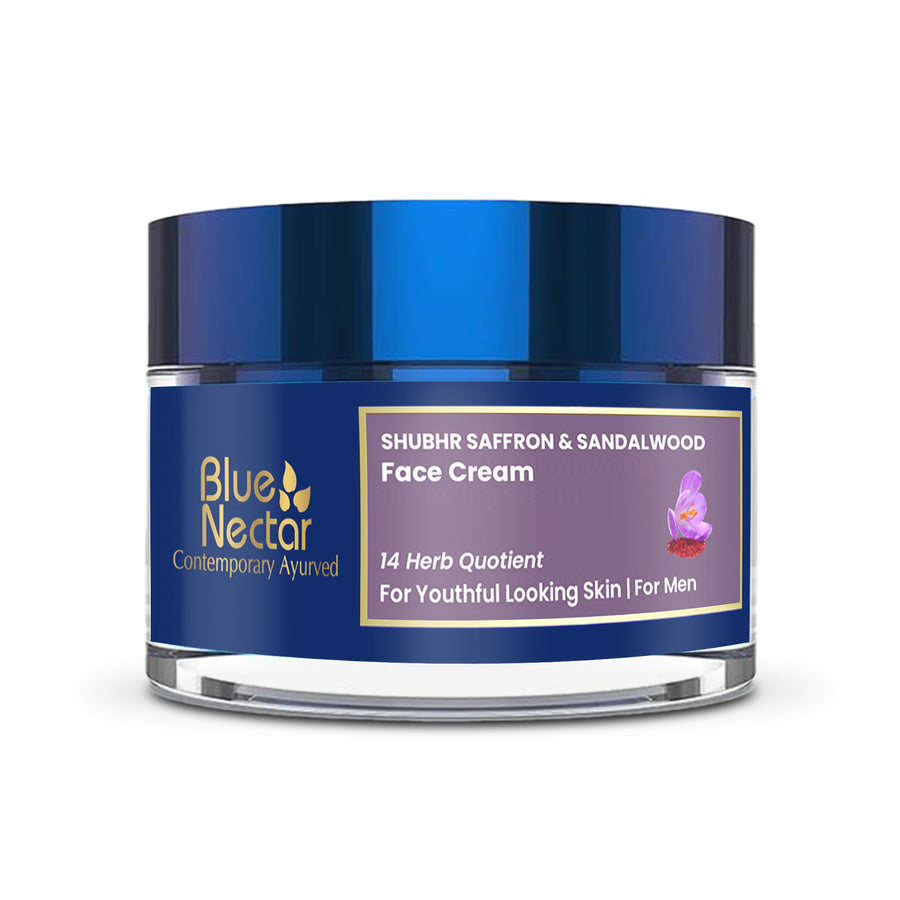
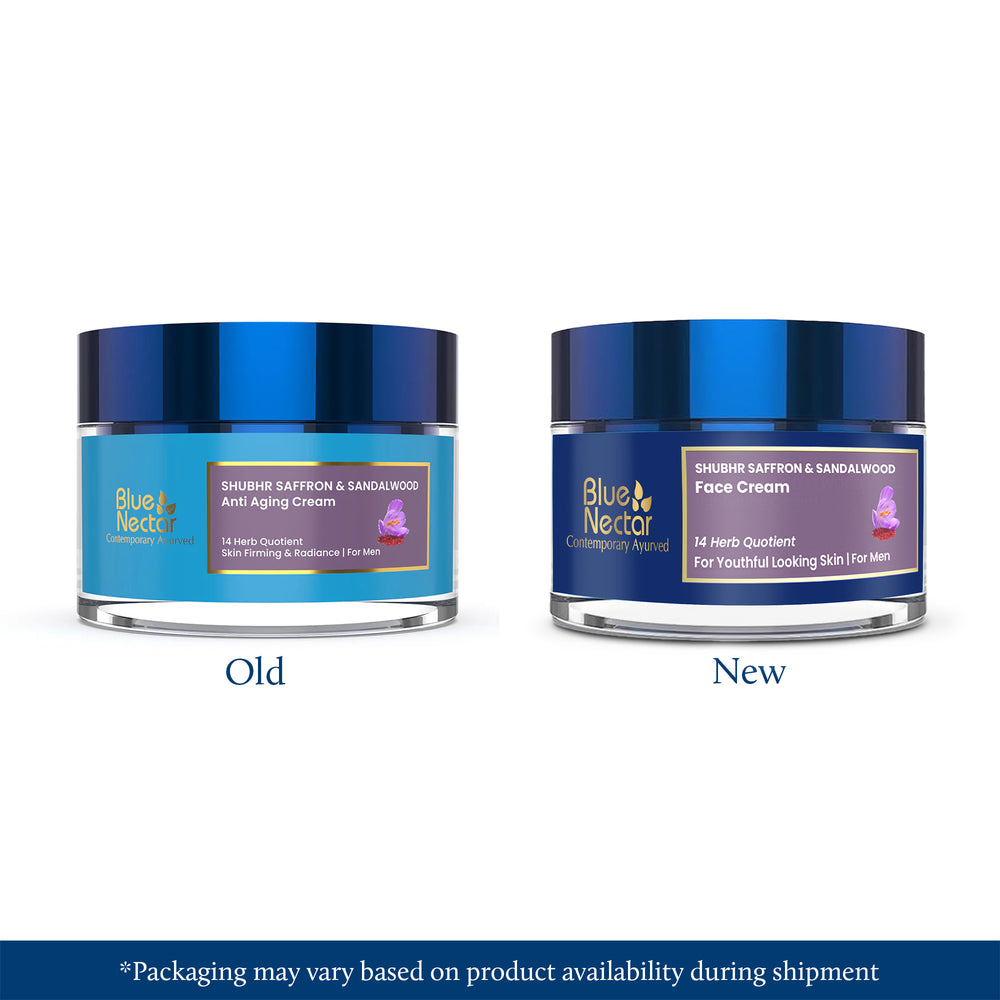
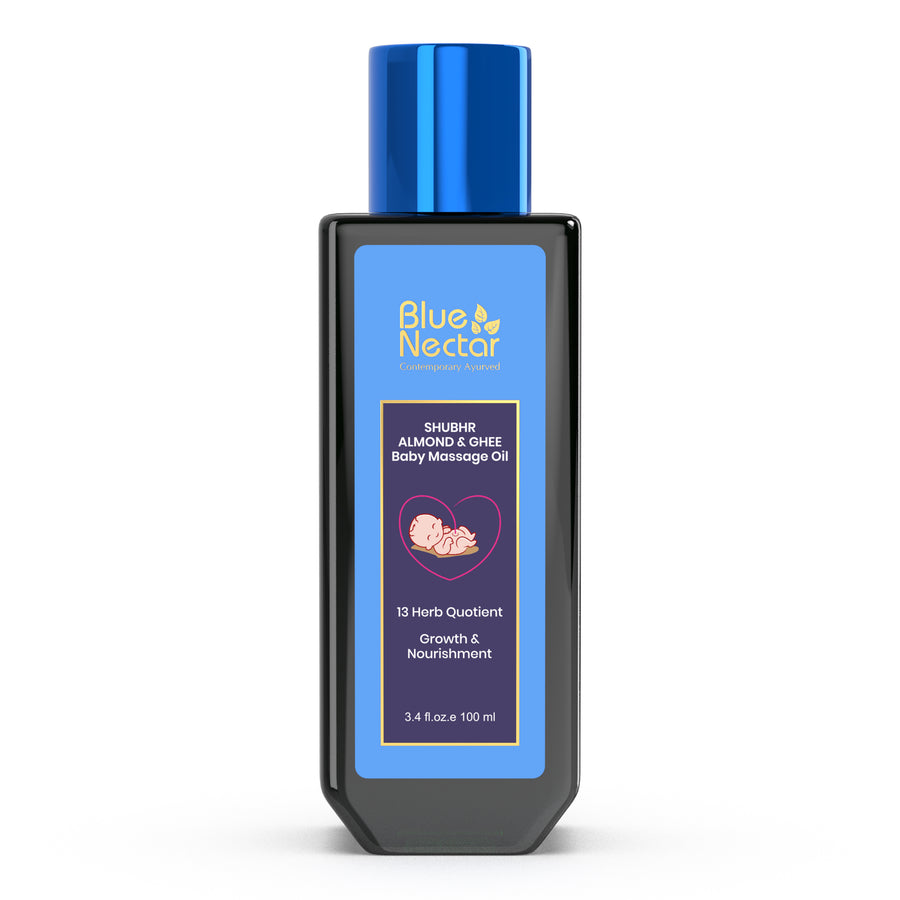
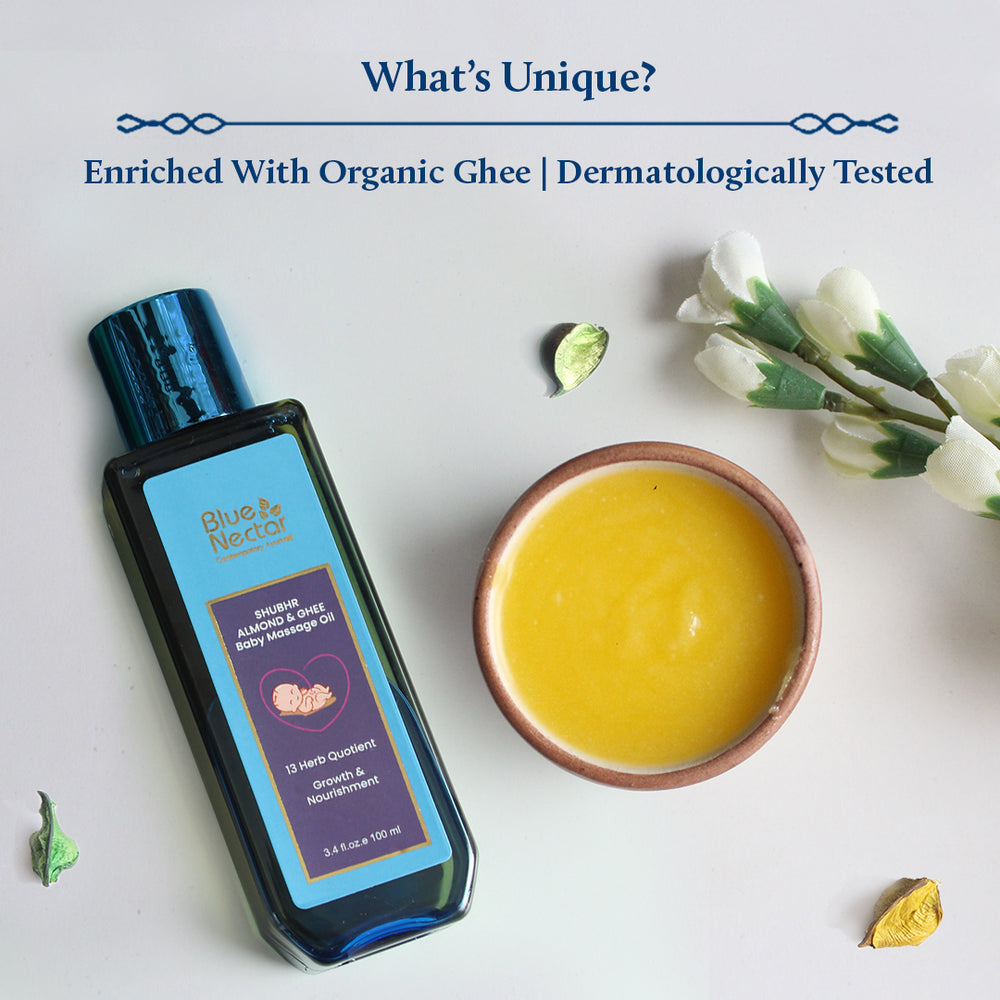
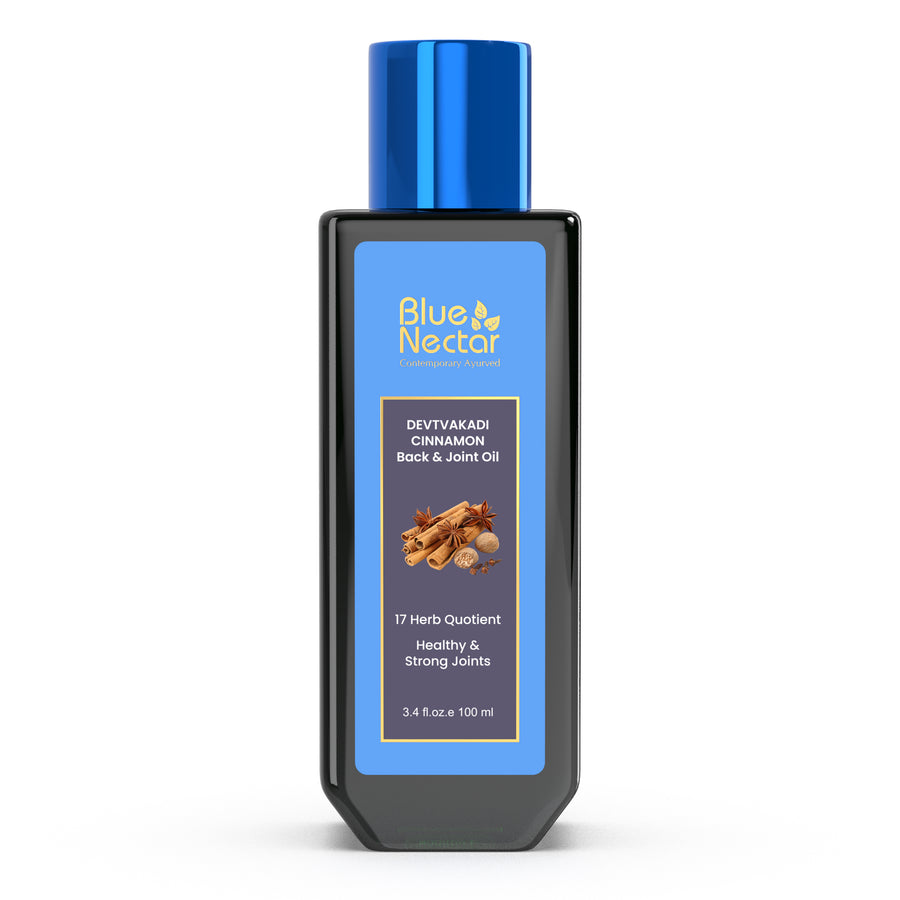
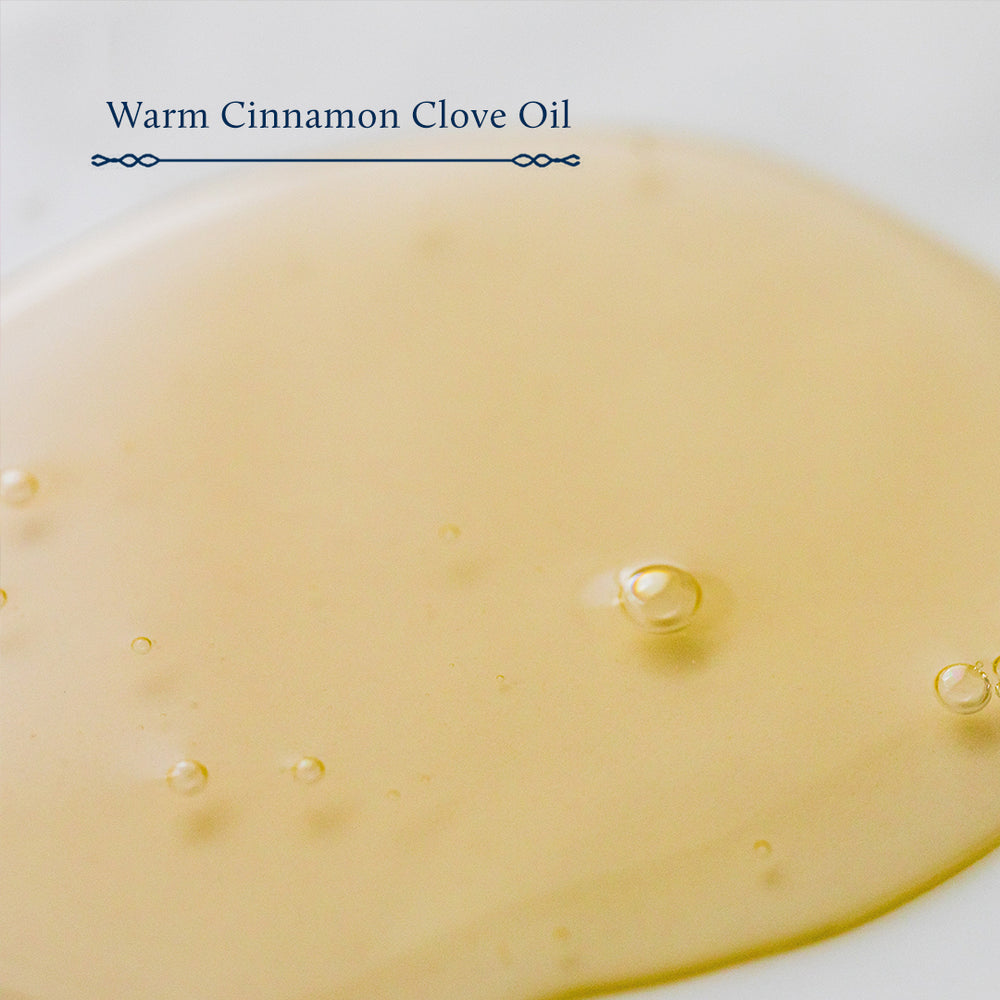


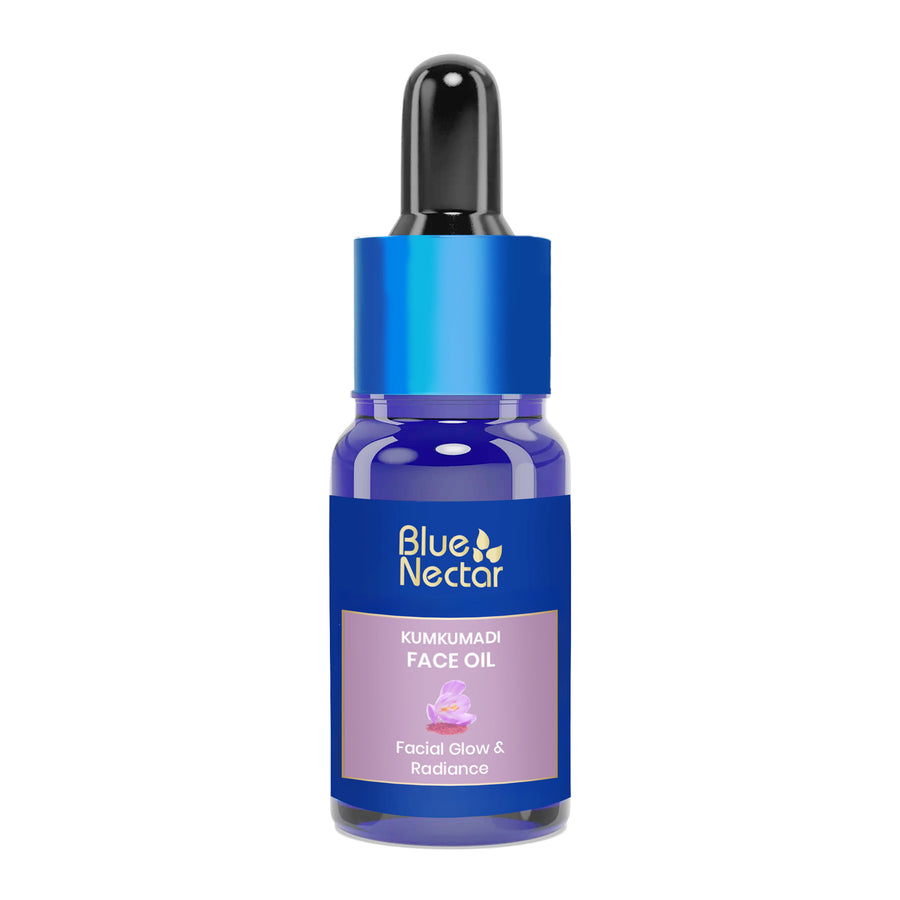
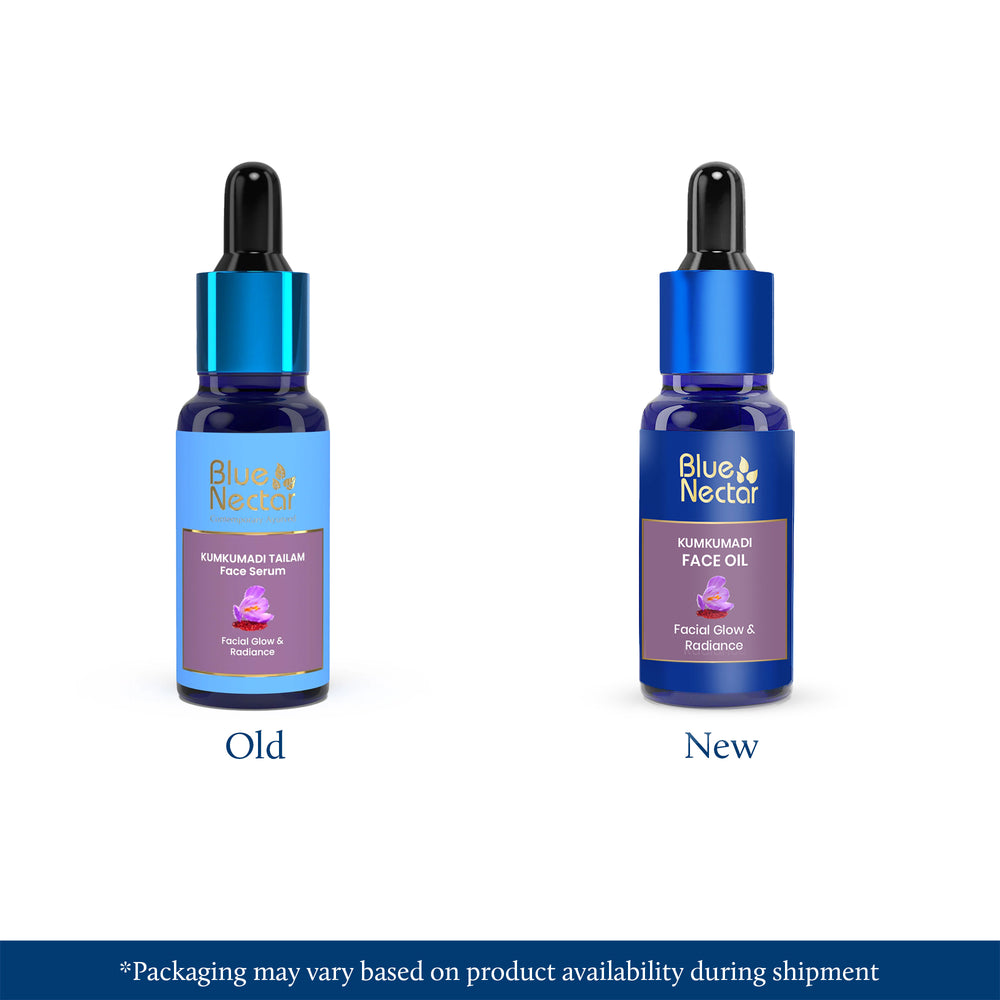
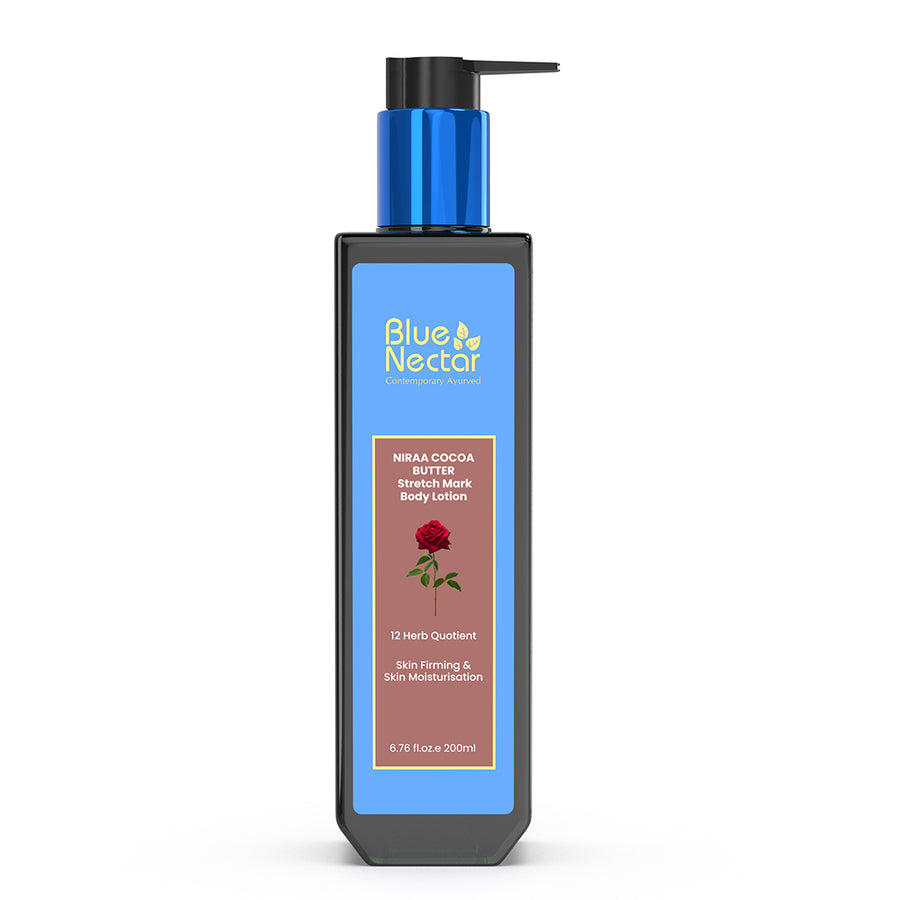
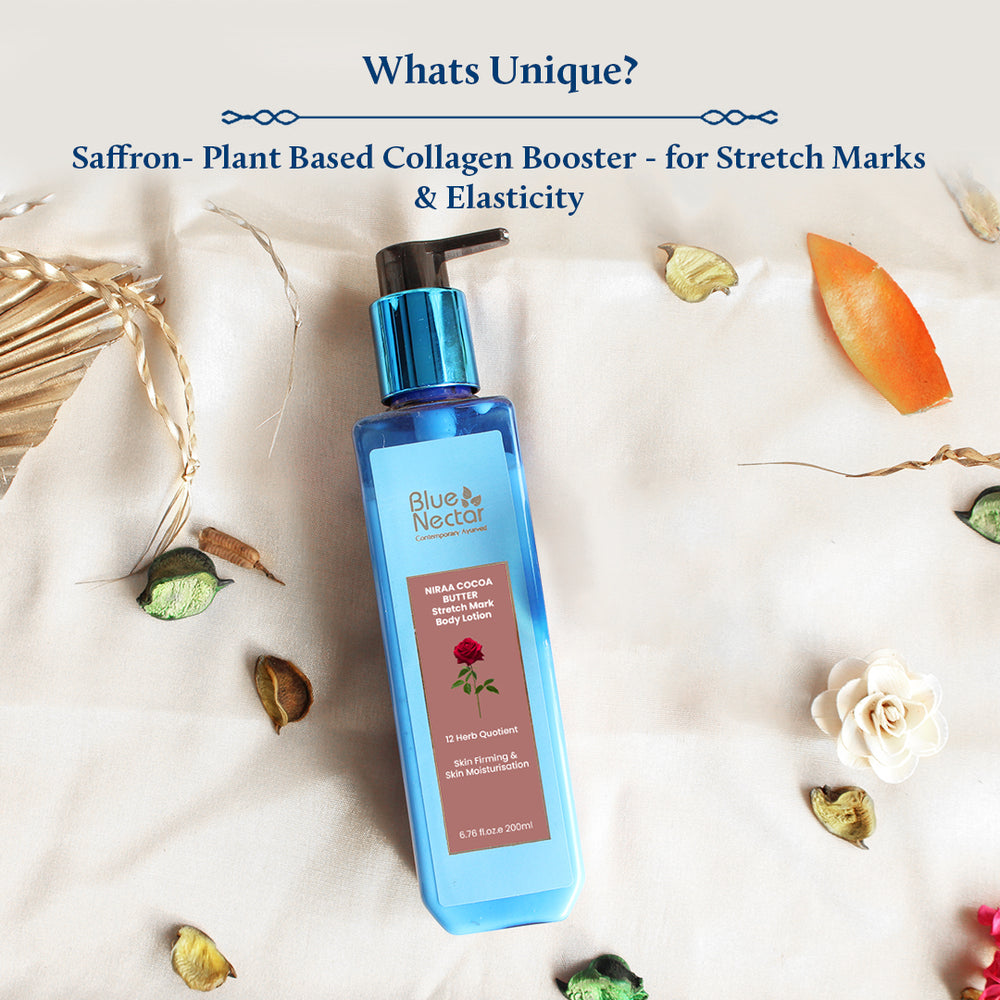
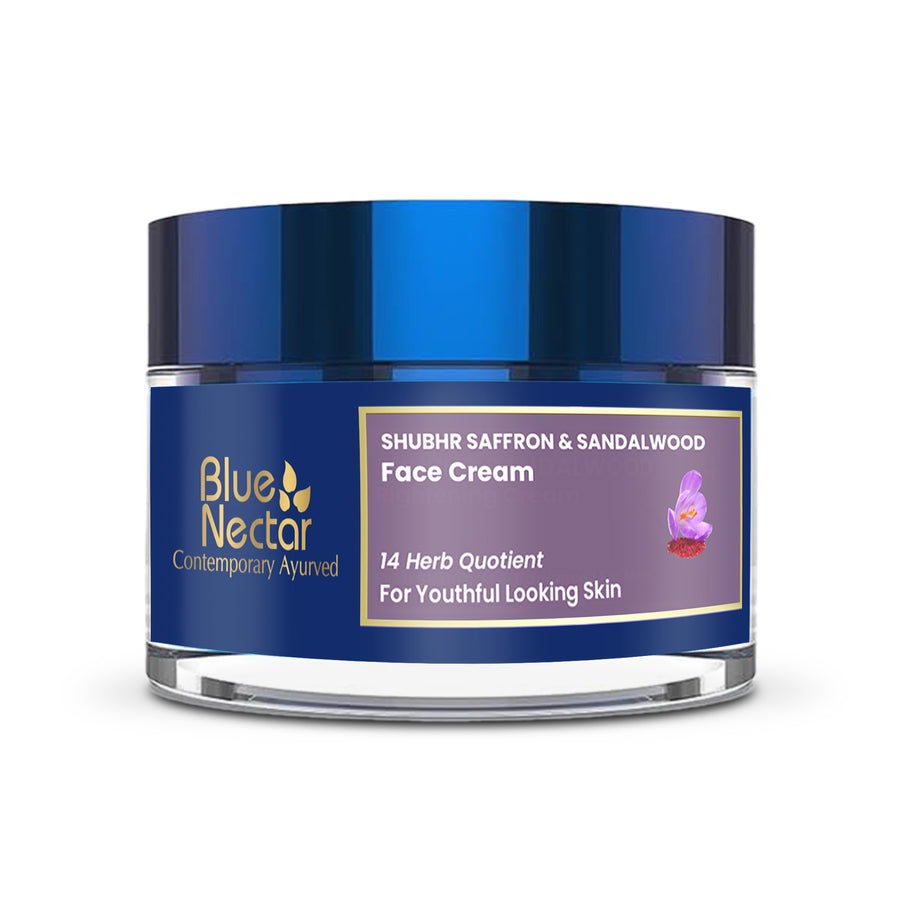
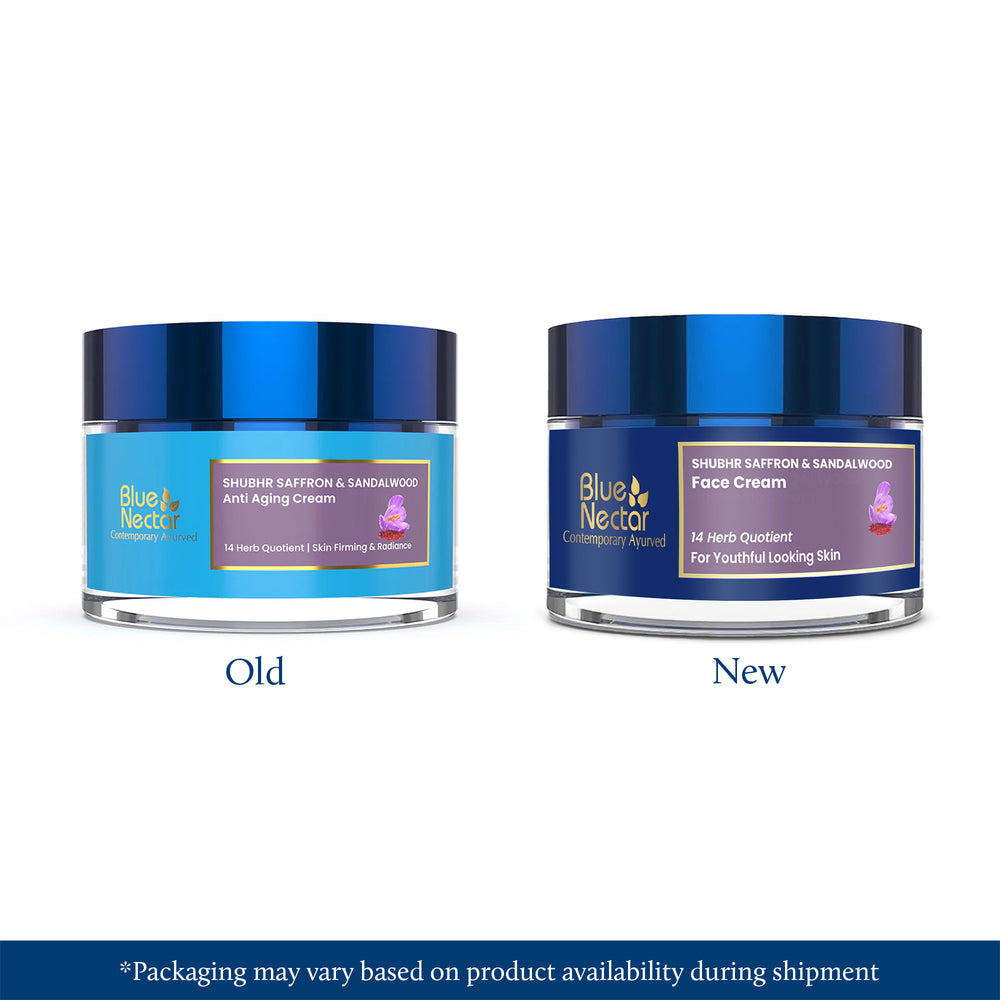
Leave a comment